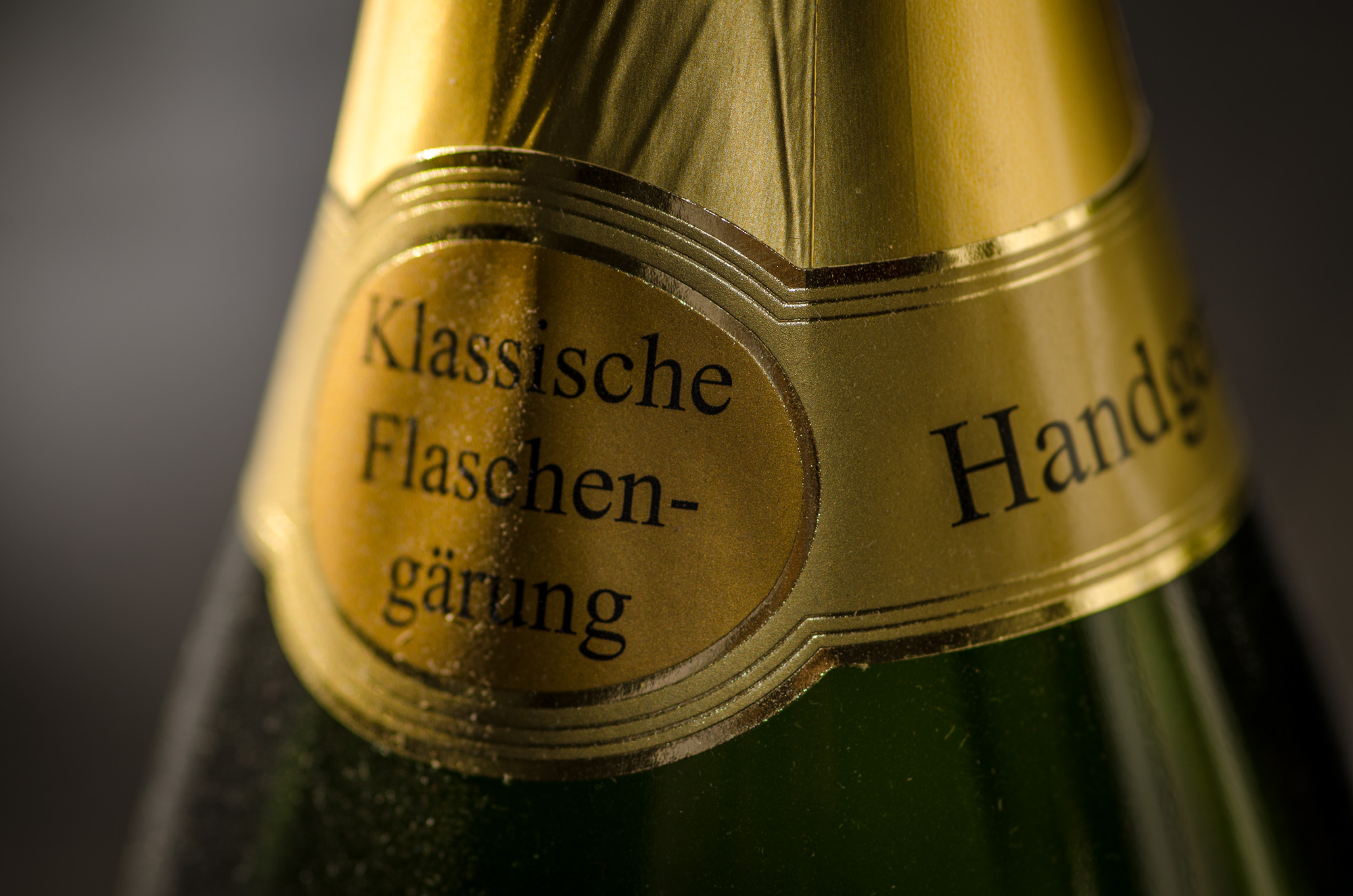Martin Müllen, Riesling Spätlese halbtrocken, 1995
People, it is said, become more interesting with age. In the same way as our faces start telling a little about the lives we have lived we too have more stories to tell, gain some wisdom - at least that's the theory - and become more distinct characters. The same is true for ageworthy wine, but with a pleasant difference: while people can become a little difficult over time, stuck in their ways and perhaps too edgy, a good wine becomes more harmonious and balanced. At some point the wine will decline rapidly and become an old grump, but that is a question of timing and also not what today's wine story is about.

Today I am revisiting Martin Müllen's exciting Mosel wines and in particular an aged specimen I recently got my hands on.









